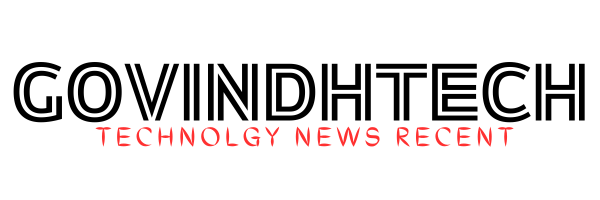Microsoft Azure is excited to share the news that OpenAI’s most recent model is now available on Azure. Officially known as GPT-4o-2024-08-06, this new model offers cutting-edge capabilities intended to improve developer experiences on Azure. For the new GPT-4o and GPT-4o mini models, the new model specifically concentrates on increasing productivity using Structured Outputs, such as JSON Schemas.
The most recent GPT-4o model is accessible on the preview early access playground
OpenAI released the 2024-08-06 edition of their flagship GPT-4o model on August 6, 2024. Along with all the features of the previous version, GPT-4o 2024-08-06 further includes:
- An improved capacity to handle organised, complicated outputs.
- The maximum output token count has been raised to 16,384 from 4,096.
Azure users have access to the new AI Studio early access sandbox (preview) where they can test out GPT-4o 2024-08-06.
The AI Studio early access playground (preview) does not require you to have a resource in a certain location, in contrast to the previous early access playground.
Take note
The early access playground (preview) allows users to submit and complete tasks in any Azure OpenAI region. However, there is a current limit of 10 requests per minute per Azure subscription. In the future, this cap might be adjusted.
All early access playground users are subject to Azure OpenAI Service abuse monitoring, even if their modifications are authorised; default content filters are activated and cannot be changed.
Use this link to log up to the Azure AI early access playground (preview) and try out GPT-4o 2024-08-06.
Emphasis on Organised Results
As OpenAI’s new multimodal model, GPT-4o was originally introduced in May 2024. GPT-4o small followed in July 2024. The current version is made with a particular use case in mind: making the process of producing AI models with well-defined, structured outputs simpler. Developers that need to evaluate and format AI outputs into structures like JSON Schemas will find this capability especially helpful. Validating and structuring AI results into well-defined forms like JSON Schemas is a common challenge for developers.
Developers can now directly specify the desired output format from the AI model thanks to Structured Outputs. This feature makes it easier for developers to provide data payloads that can improve user experiences or seamlessly interact with other systems by allowing them to establish a JSON Schema for text outputs.
Use cases for JSON
In order to ensure that JSON documents adhere to particular formats with required attributes and value types, JSON Schema is crucial for defining the structure and restrictions of JSON documents. Through semantic annotation, it improves the understandability of data and acts as a domain-specific language for optimised application requirements. JSON Schema is used by development teams to drive model-driven UI restrictions, automatically produce user interfaces, and ensure consistency across platforms.
In technical contexts, it helps with data serialisation, security testing, and partial validation. To further enhance data interoperability, JSON Schema also provides support for machine-readable web profiles, automated testing, and Schema inference. It manages external validation, standardises reporting and validation interfaces, and guarantees data consistency within and between documents. It can also be useful for customer service and timely communication.
Two types of outputs that are structured
Two formats for Structured Outputs are available:
- User-defined JSON Schema: Supported by both GPT-4o-2024-08-06 and GPT-4o-mini-2024-07-18, this option enables developers to define the precise JSON Schema they wish the AI to adhere to.
- Greater Accurate Tool Output (“Strict Mode”): This restricted edition, which is compatible with all models that support function calling, such as the GPT-3.5 Turbo, GPT-4, GPT-4 Turbo, and GPT-4o models starting in June 2023, allows developers to specify particular function signatures for tool usage.
Technical advice regarding the use of structured outputs
To facilitate your initial steps using Structured Outputs, we advise utilising the subsequent methodology.
How to Use Structured Outputs in Practice
Establish Your JSON Schema: Choose the format that you wish to use for the outputs of your AI. Data kinds, mandatory fields, and other restrictions are examples of this.
Set up the AI model: Within the API call, describe your JSON schema using the Structured Outputs option. This guarantees that the AI output follows the structure you’ve specified.
Testing and integration: Make sure the output complies with your JSON Schema by extensively testing it after integrating it into your application or system.
One use case is the automation of customer assistance
Consider that you are creating a chatbot for customer service that must produce responses in a particular format for analytics and logging. You can construct a JSON Schema with fields like responseText, intent, confidenceScore, and timestamp by utilising Structured Outputs. This guarantees that every response the chatbot generates is formatted correctly, which facilitates logging, analysis, and action.
Example API call
Here’s an example API call to illustrate how to use Structured Outputs:
{
"model": "gpt-4o-2024-08-06",
"prompt": "Generate a customer support response",
"structured_output": {
"schema": {
"type": "object",
"properties": {
"responseText": { "type": "string" },
"intent": { "type": "string" },
"confidenceScore": { "type": "number" },
"timestamp": { "type": "string", "format": "date-time" }
},
"required": ["responseText", "intent", "confidenceScore", "timestamp"]
}
}
}


